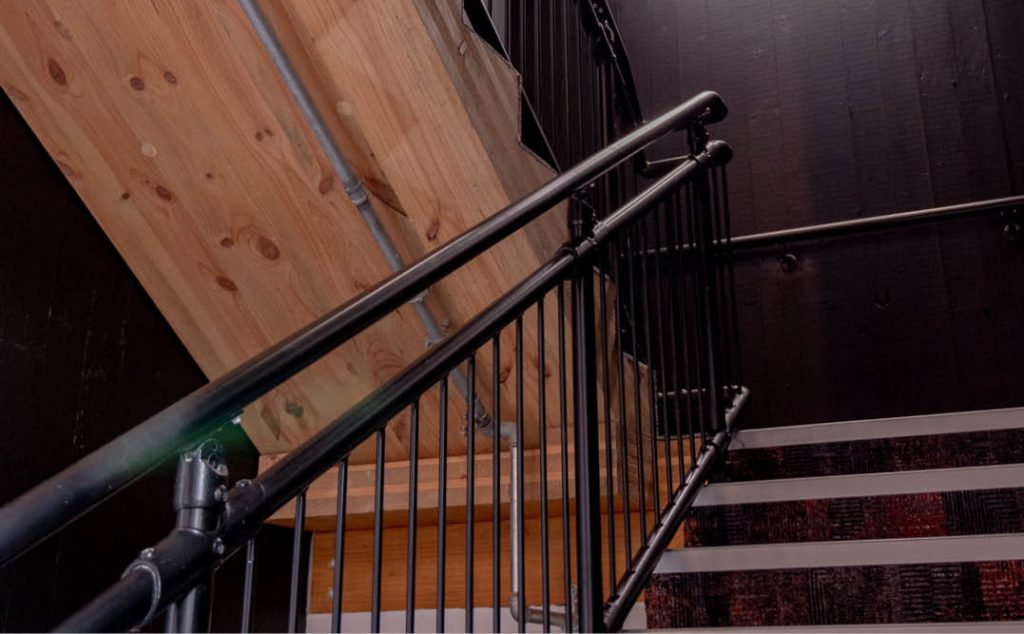Our public ramps, stairways, and walkways all have handrails and balustrades as necessary design features. Handrails are there to help users and give them stability. With the aid of these handrails, everyone can safely navigate the ascent and descent of a ramp or set of stairs, especially those who struggle with balance or vision impairment.
Thoughtful, considered and compliant design is essential otherwise the handrail and balustrade system will not achieve what it is intended to do. An incorrectly designed system will not be able to withstand the required loading or provide a stable and durable structure, thus posing a safety hazard to users—factors that can open up stakeholders to economic and regulatory risks.
Modular Handrail and Balustrade Systems: Common Design and Installation Mistakes provides a detailed examination of common mistakes in the design and installation of handrail and balustrade systems, highlighting how partnering with a dependable manufacturer throughout the project can mitigate end-of-project risks.
Read on for a sneak peek into this valuable resource that’s set to arm you with the tools and knowledge on how to avoid costly design mistakes and installation issues.

Failing to catch mistakes early
The first step in specifying any railing system is to make sure you have the proper dimensions. A few careless
mistakes early in the design and specification of a railing system can detract from its appearance and functionality, and necessitate significant rework. This includes mistakes regarding the measurement of the site, improper specification of heights, measuring too close to the wall, and failing to specify a continuous rail when required.
It is common in building projects for the wrong stakeholders to review drawings and designs before installation begins, which leads to errors during installation that cost time and money to rectify. It is advised to work closely with experienced professionals who have a deep understanding of the relevant standards and can conduct detailed site measurements to inform the accurate development of technical drawings. These drawings can then be submitted for stakeholder sign-off as anotherlayer of verification.
It is always easier and less expensive to make changes early in the project than it is to discover, after the components have been manufactured and installed, that they have not been measured correctly.
Selecting a poor quality product
The adage “You get what you pay for” applies to handrails and balustrades. The price of a handrail and balustrade system depends on many things, including quality, safety, research and development costs, durability, warranty, installation, and delivery. Although there might be less expensive options, they are less likely to be supported by a strong warranty, made out of materials that are not fit for purpose, and are more likely to break down quickly or need expensive maintenance.
Cost is always a significant factor when it comes to product specification. However, choosing a low-quality product up front carries with it a hidden cost—the extra time required to re-specify and, in some cases, remanufacture the solution. In the worst-case scenarios, it may necessitate replacing the entire system or certain components in order to comply with regulations.
Moddex are here to help
Moddex are Australasia’s leading manufacturer of modular, no-weld barrier systems. Moddex eliminates design and engineering costs, reduces installation costs, and minimises onsite fabrication issues with their smart modular handrail, balustrade and barrier systems. Supplied as a series of components with simple assembly instructions, every Moddex system can be adapted or extended with additional components or cut to size on site.
Moddex have put together a guide discussing the common design and installation mistakes to avoid when constructing a handrail and balustrade system. We look at this issue under the following broad topics: failing to catch mistakes early; failing to follow local building regulations; and selecting a poor-quality product. We also consider the consequences of failing to identify the construction benefits of modular systems before highlighting common installation issues.
Download the full guide to avoiding common design and installation mistakes by clicking the link below.
